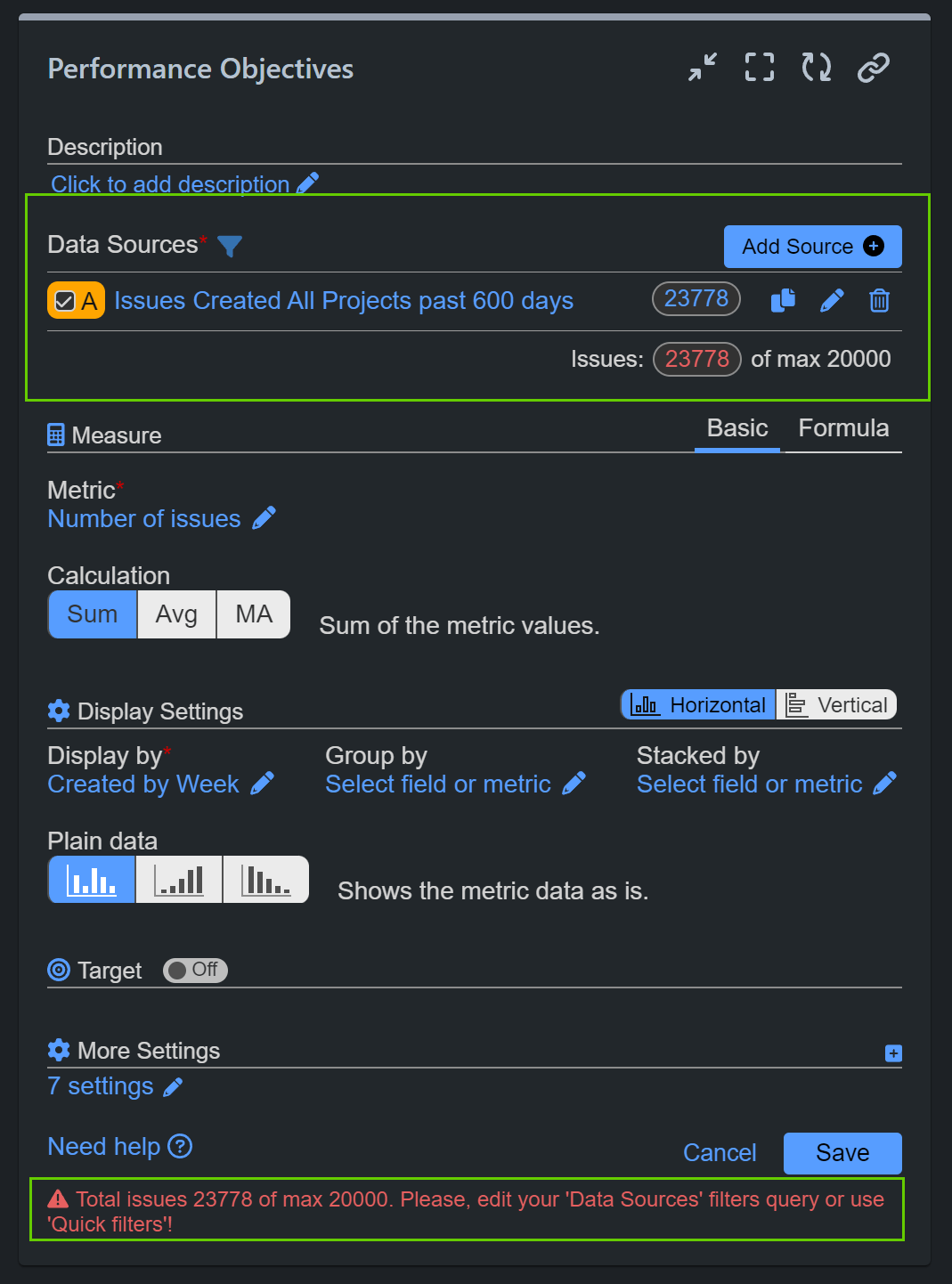Table of Contents
In the world of app development, user experience often comes down to two major factors: loading speed and data privacy. While everyone loves a fast-loading app, the importance of data privacy cannot be overstated. In the debate between app loading speed and data privacy, we’ve chosen to prioritize the second. By not sending customer data outside Jira and avoiding the storage or caching of user data, we’ve created an app that puts privacy first. This commitment may lead to slightly slower performance, but it’s a trade-off we’re willing to make to ensure our users’ data remains secure.
One of the key benefits of emphasizing data privacy is the peace of mind it provides to users. By adhering to rigorous privacy measures, we not only safeguard your information but also build trust. However, we understand that sometimes it feels like your gadgets take longer to load than you’d expect. Here’s why.
Data Privacy vs. Loading Speed: What’s Really Behind the Wait?
Recently, a customer reached out with concerns about the loading speed of our app’s gadgets compared to native Jira gadgets. The concern was valid and while we don’t want to overwhelm you with technical details, here’s a straightforward explanation of why this is happening: the gadgets were slower to load because our app processes data in real time, exporting it directly from the Jira API and rendering it straight into the end-user’s browser.
For Jira Cloud, the API limits search requests to 100 issues per HTTP request. This means that if a single gadget on the dashboard needs to load data for 20,000 issues, the app must make 200 separate HTTP requests to the Jira API to retrieve the data. Sending all these requests at once would trigger Jira’s DDoS protection alerts.
This is precisely why, in our gadget’s settings screen under Data Source section, you’ll notice a counter indicating how many issues are selected out of the 20,000 limit. It’s an essential feature to help you manage your data load efficiently. Additionally, as shown in the image below, there’s a disclaimer at the end of the settings screen to alert you if this limit is exceeded, ensuring you’re aware of the impact on loading times and can make necessary adjustments.
Our team has optimized the app as much as possible, but privacy comes first. By taking advantage of our app’s rich data segmentation options, you can precisely filter only the data you need to analyze, which reduces unnecessary API calls and, in turn, decreases loading times. To optimize your gadgets, we recommend narrowing the time range, focusing on specific projects, or filtering data by users for example. These steps not only improve the loading speed of your gadgets, but also enhance the relevance and accuracy of the insights you receive.

Moreover, to protect our customers’ privacy, we’ve deliberately chosen not to send any customer data outside of Jira or use external data caching. This decision ensures that sensitive data remains within the secure environment of Jira, but it also means that our app won’t reach the same loading speed as native or external business intelligence (BI) solutions, where report data might be pre-aggregated and cached before being served to the end-user.
Why Slower Loading Speeds Are Worth It
Key takeaways:
- No Data Outside Jira
- No Storage or Caching of User Data
While the need for speed is undeniable in today’s digital world, the slightly slower loading speeds that may result from our rigorous data privacy measures are a small price to pay for the enhanced security and peace of mind they provide. Performance Objectives app users can trust that their data is safe, with no unnecessary storage or transmission to external systems. This approach not only aligns with our values but also helps build trust with our users—trust that is vital in today’s privacy-conscious world.
For more details on how we protect your data and to understand our practices better, please refer to our Cookie and Privacy Policy.
Start your 30 days free trial of Performance Objectives: Charts for Jira from Atlassian Marketplace.